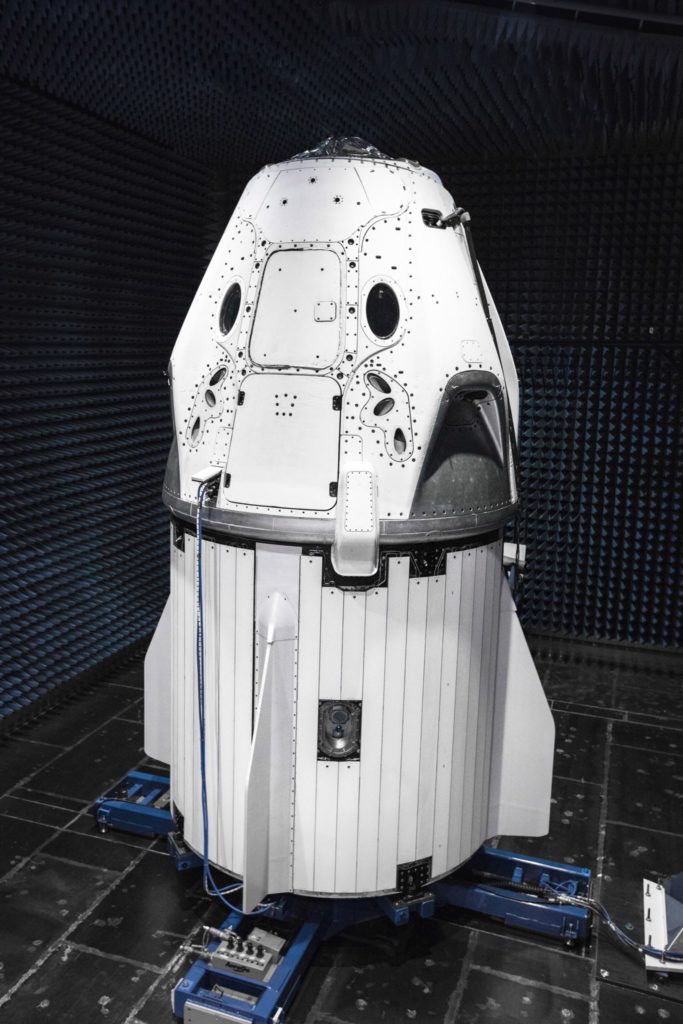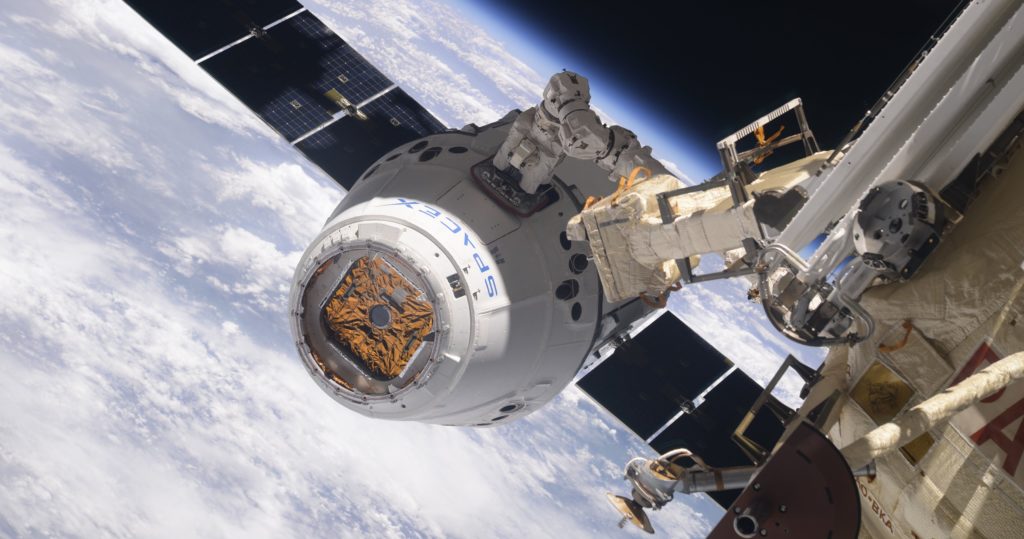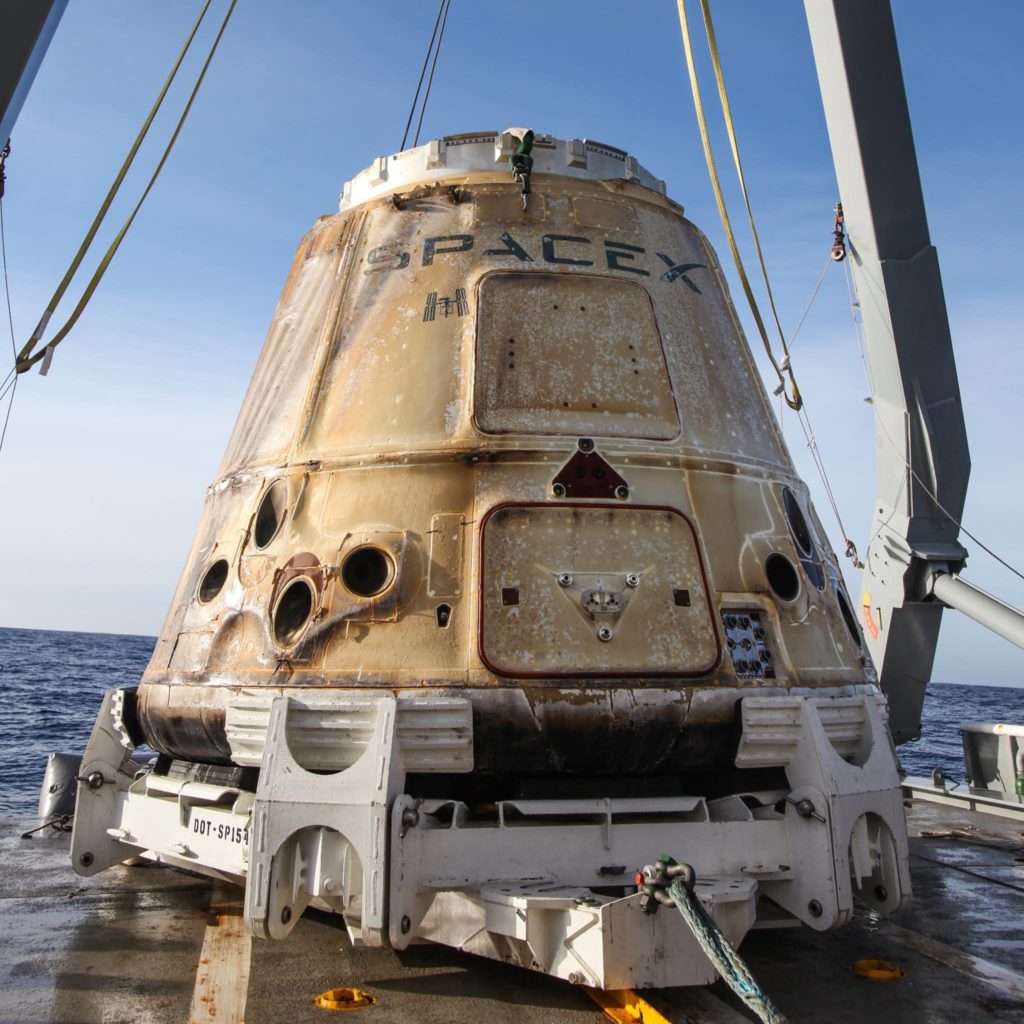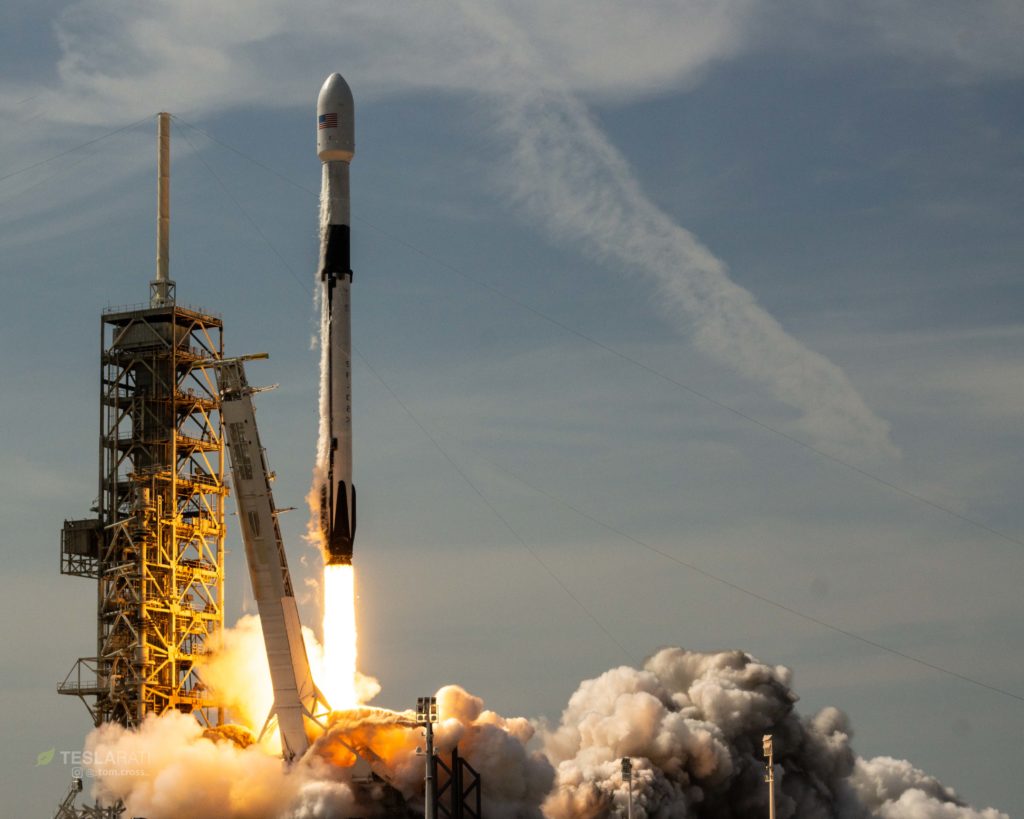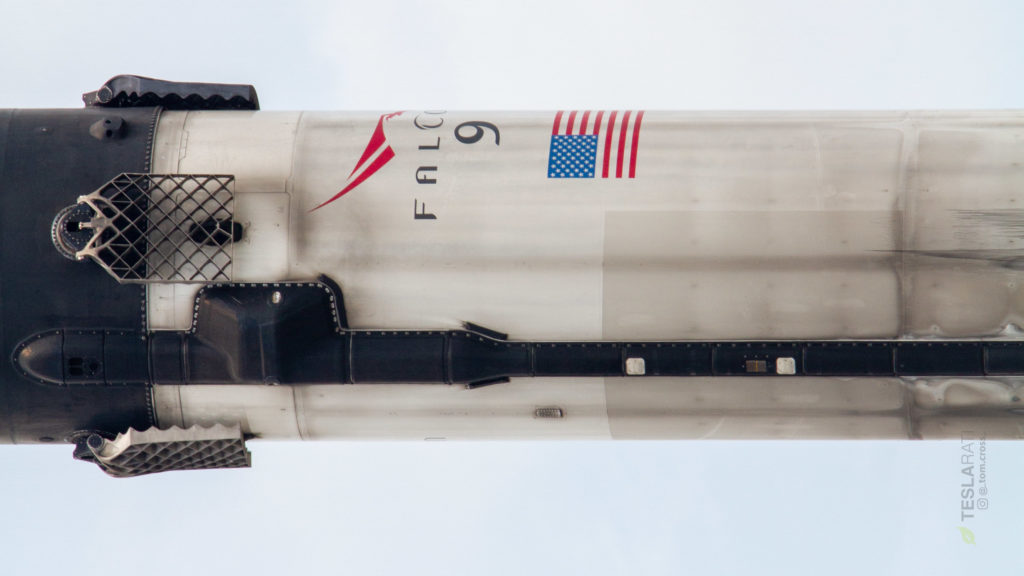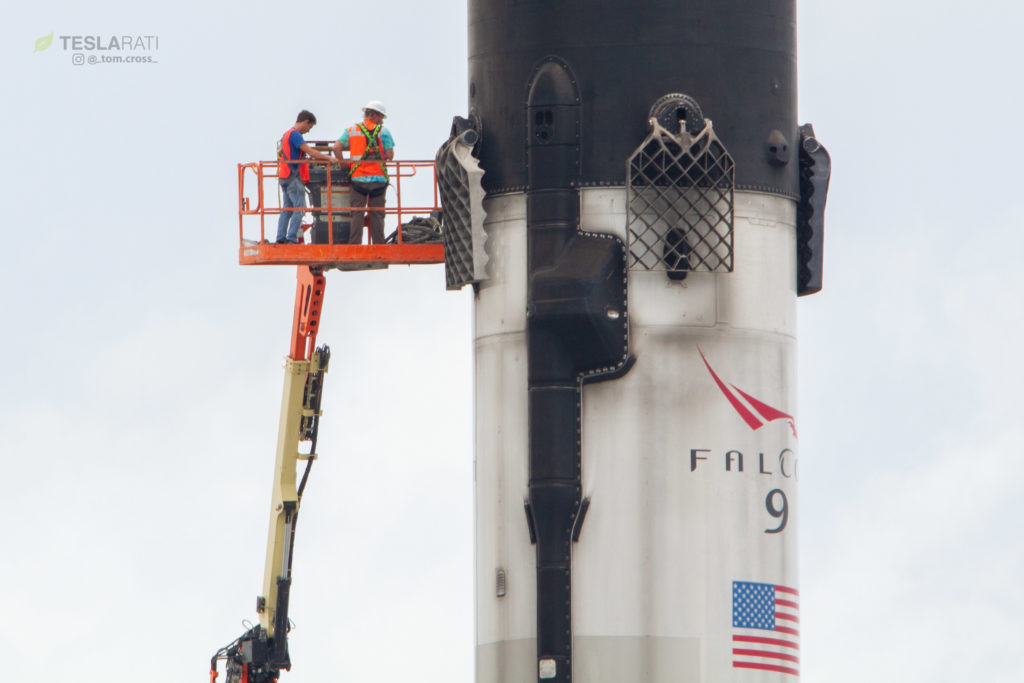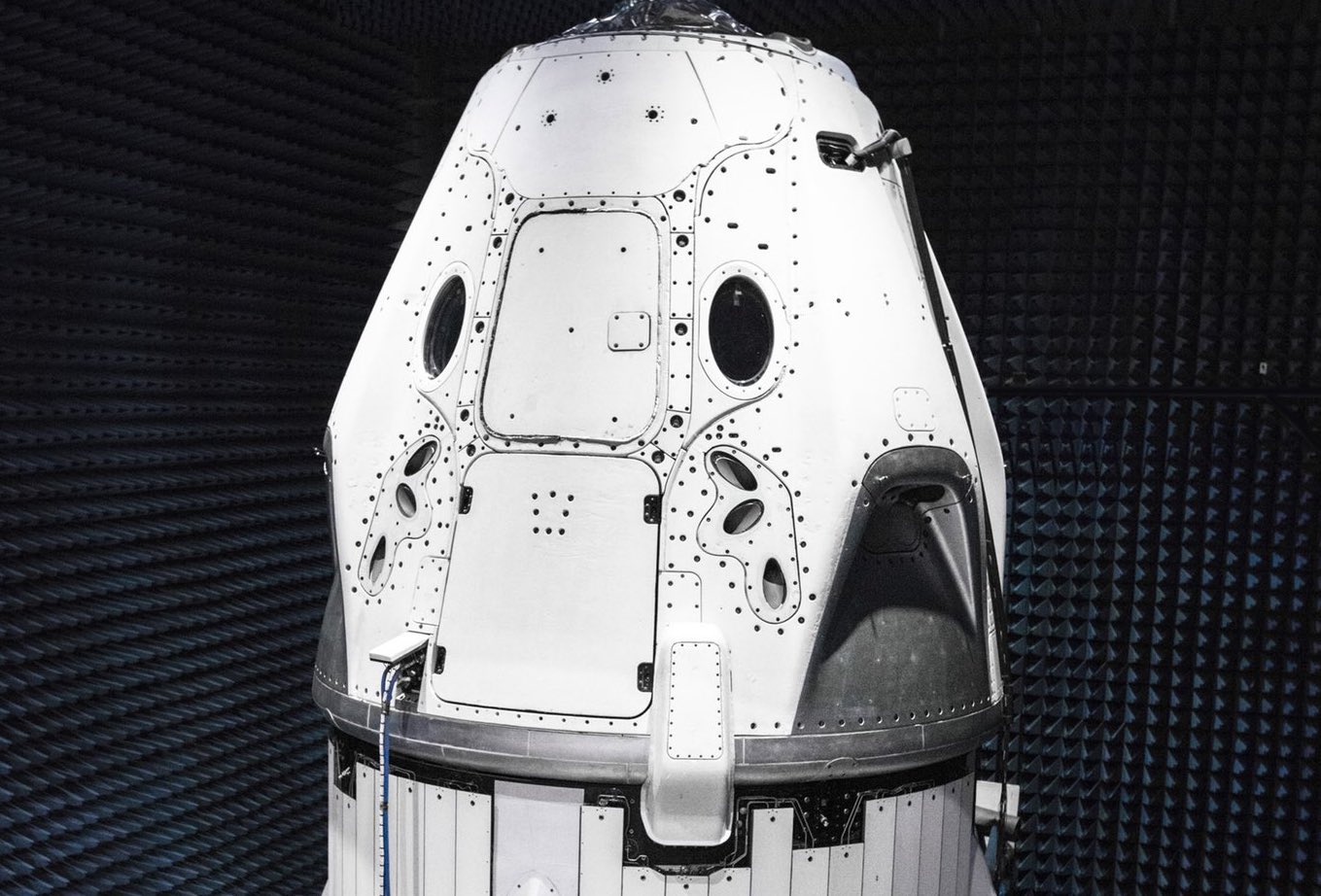

News
SpaceX’s Crew Dragon spaceship nears first orbital launch test
After roughly five years of concerted development, SpaceX CEO Elon Musk has released the first official photo of the company’s Crew Dragon, a version of their orbital spacecraft designed and optimized to reliably return humans to orbit from United States soil.
Traceable back to the very beginning of SpaceX’s first Dragon development program, where the company hoped to easily modify the Cargo Dragon capsule design to support crewed missions, the results of the years of work that followed instead focused on an extensive redesign originally intended to be capable of powered landings similar to Falcon 9 boosters. However, likely the result of an immense certification burden to ever hope to have NASA okay its operational usage, SpaceX chose to kill the landing program in favor of a more traditional ocean splashdown style of return. Extendable leglets were thus removed from the design’s heat shield, a change that also ended any hopes of SpaceX’s plans to partner with NASA and land an unprecedented payload on the surface of Mars, known as Red Dragon.
- Elon Musk: “SpaceX Crew Dragon ship in anechoic chamber for EMI [electromagentic interference] testing before being sent to @NASA Plum Brook vacuum chamber” (SpaceX)
- CRS-14’s flight-proven Cargo Dragon captured on orbit in April 2018 by astronaut Oleg Artemyev. (NASA/Oleg Artemyev)
- A reused orbital spacecraft, Cargo Dragon, back on Earth after its second successful resupply mission. (SpaceX)
That announcement came in the summer of 2017. Ten quiet months later, Musk confirmed April updates from NASA’s Commercial Crew Program managers with a photo of the first flight-worthy Crew Dragon in SpaceX’s anechoic chamber, ahead of shipment to NASA’s Plum Brook facility for full-up spacecraft testing in vacuum conditions.
While it may look like a completely different design, much of Crew Dragon has a significant level of heritage with the readily flight-proven Cargo Dragon spacecraft, including avionics, parachutes, heat shield expertise, and Draco maneuvering thrusters. The most obvious difference can be found in the four black bays spaced evenly around the edge of the capsule – these contain two SuperDraco thrusters each (eight total) that together act as an integrated launch abort system, capable of launching the capsule and trunk to safety in fractions of a second in the event of Falcon 9 failure at any point during launch. A test of this hardware was first completed almost exactly three years ago, demonstrating acceleration from stand-still to 100 mph in less than a single second.
The hardware shown in Elon Musk’s photo is not intended to carry humans (not on its first flight, at least), instead aiming to be the first Crew Dragon article to make it into Earth orbit, where SpaceX technicians and engineers will conduct and observe a vast fleet of tests with the intent of proving the craft’s capabilities. If successful, this mission (known as DM-1) will be the final step SpaceX needs to complete before DM-2, the upgraded spacecraft’s first real crewed mission.
As of now, DM-1 and DM-2 are officially scheduled for no earlier than (NET) August 31 and December 31 respectively. However, those dates are very unlikely to hold. Per sources with knowledge of Crew Dragon’s progress, DM-2 is currently scheduled for launch NET 2019, likely sometime in the first or second quarter. DM-1, while certainly not ready for an August 31 launch, does appear to be tracking towards a launch later this year, most likely in Q4 2018. SpaceX technicians are working around the clock to ready this groundbreaking hardware for its trip to Plum Brook and eventually to space, spending long shifts in the belly of the Dragon to ensure everything is working as intended.
- Falcon 9 Block 5 completed its first launch on May 11, carrying the Bangabandhu-1 communications satellite to geostationary transfer orbit. (Tom Cross)
- SpaceX’s first successfully launched and landed Block 5 Falcon 9, May 2018. (Tom Cross)
- B1046 returned to Port Canaveral shortly after its May 4 debut, and is now being carefully analyzed as pathfinder hardware. (Tom Cross)
Falcon 9 Block 5, which successfully completed its inaugural launch earlier this month, is another critical path for SpaceX’s first crewed mission (DM-2). As of now, NASA’s Aerospace Safety Advisory Panel (ASAP) has advised NASA to require seven full-up successful launches of the Block 5 iteration before allowing crew to fly on the rocket. In order for SpaceX to achieve that milestone in time for a crewed launch in early 2019, Falcon 9 Block 5 will need to fly (and refly) flawlessly over the course of the second half of 2018. While unclear if ASAP will accept flight-proven launches of the upgraded rocket for its fairly arbitrary “seven launches” requirement, SpaceX will need to rely heavily on Block 5 reflights if they hope to complete as many as 30 launches total this year.
As of now, the next launch of Falcon 9 Block 5 is likely to occur sometime in June, with three total Block 5 flights tentatively scheduled before mid-July. If SpaceX can pull those launches off, it will act as a huge bode of confidence for the future of the rocket, as well as the future of Crew Dragon.
Follow us for live updates, behind-the-scenes sneak peeks, and a sea of beautiful photos from our East and West coast photographers.
Teslarati – Instagram – Twitter
Tom Cross – Twitter
Pauline Acalin – Twitter
Eric Ralph – Twitter
Elon Musk
Elon Musk confirms Grok 4 launch on July 9 with livestream event
The rollout will be accompanied by a livestream at 8 p.m. Pacific Time.
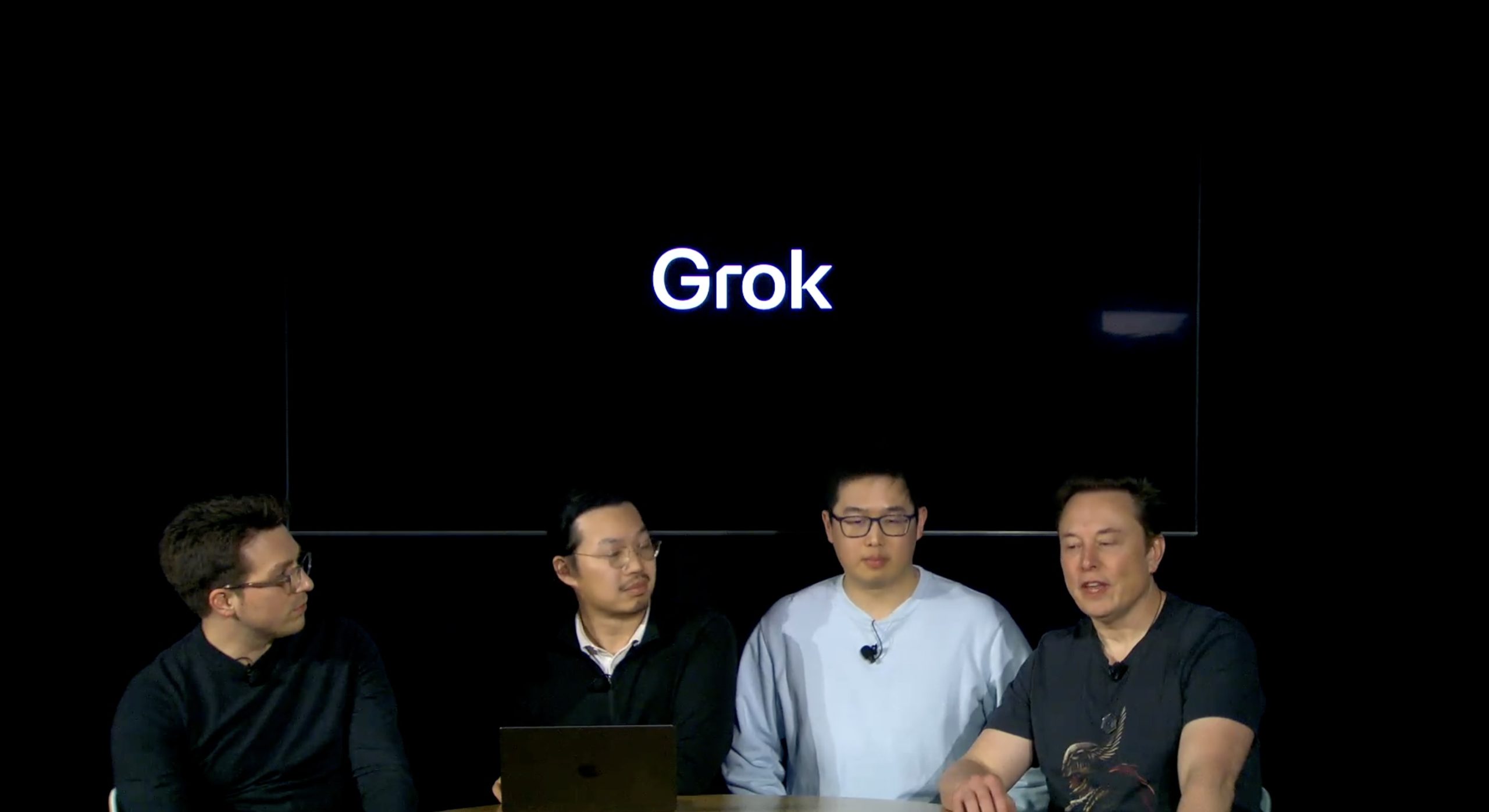
Elon Musk has officially confirmed that Grok 4, the latest version of xAI’s large language model, will launch on July 9. The rollout will be accompanied by a livestream at 8 p.m. Pacific Time, hosted on xAI’s official account on X.
xAI goes straight to Grok 4
Back in May, leaks indicated that xAI was getting ready to ship Grok 3.5. Considering Musk’s recent comments, however, it appears that the artificial intelligence startup would be focusing on the large language model’s fourth iteration instead. As noted in a Financial Express report, users on X have sighted references to Grok 4 in the lead up to the update’s launch, such as “grok-4-prod-mimic” and “Grok 4 Code.”
Musk’s Grok 4 announcement comes as AI competition intensifies between major players including OpenAI, Google, and xAI. With Musk’s Colossus supercomputer fully operational in Memphis, xAI appears to be accelerating its AI product roadmap.
Musk pushes Grok toward political neutrality
Grok 4’s launch also follows a recent controversy involving political bias, as noted in a CNN report. Last week, Grok responded to a user on X stating that political violence in the U.S. since 2016 had come more from the political right than the left. The chatbot noted in a later reply that its answer was based on information from sources like Reuters, the Journal of Democracy, and University of Maryland studies.
Musk stated that Grok’s response was a “major fail.” “Major fail, as this is objectively false. Grok is parroting legacy media. Working on it,” he wrote in a post on X. By the end of June, Musk noted that he was “grinding all night with the xAI team” and that they were making “good progress.” He also stated that the model “Will be called Grok 4. Release just after July 4th. Needs one more big run for a specialized coding model.”
News
Tesla opens massive solar Supercharger station in California
The Supercharger opened to customers ahead of Fourth of July weekend, while Tesla continues phase two of construction on the site.
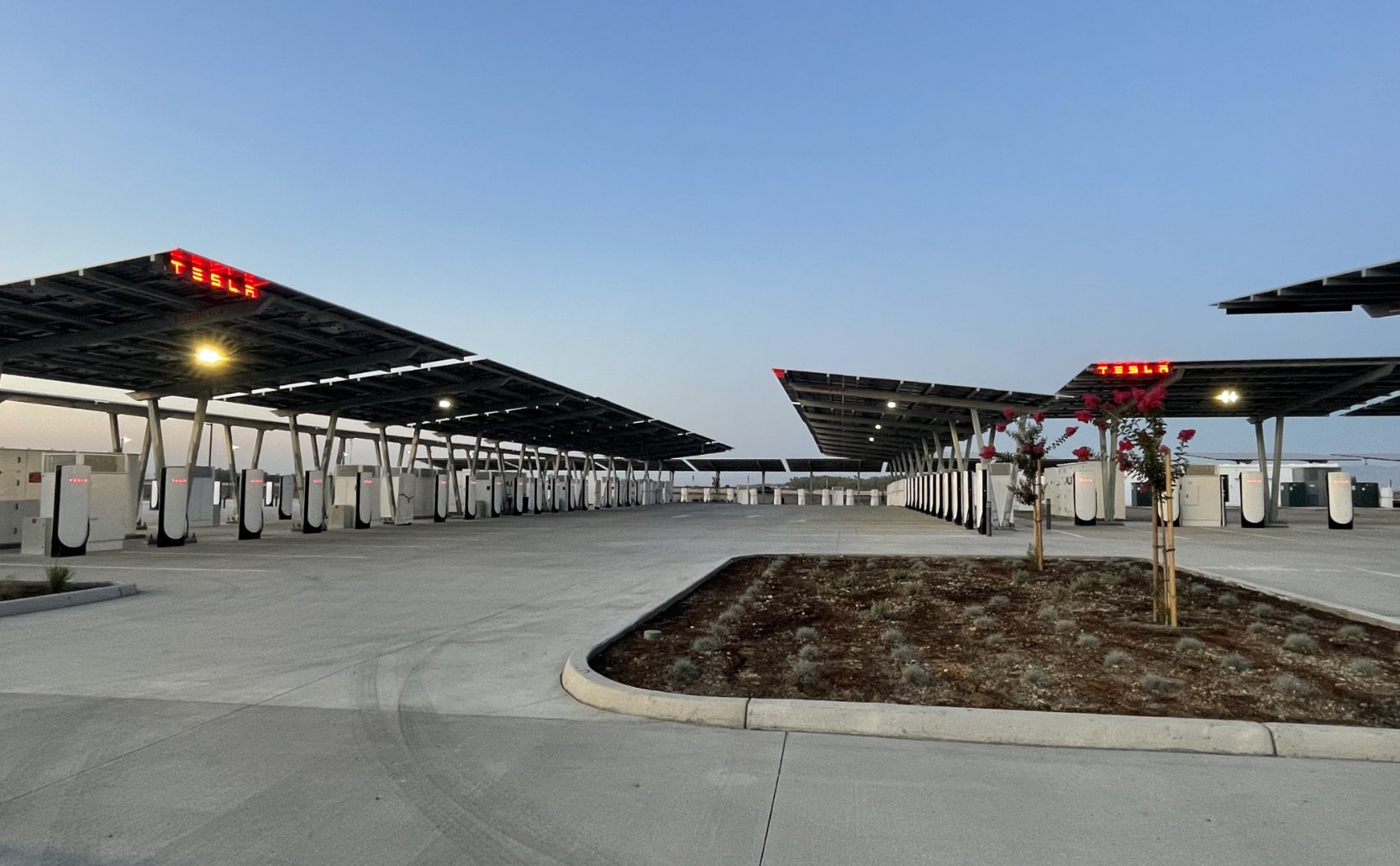
Tesla has officially launched the first several Supercharging posts at a massive station in California, notably including solar canopies and grid-scale batteries to offer completely renewable charging.
Last week, Tesla announced on X that it opened the first 84 Supercharger stalls of a planned 168-stall station in Lost Hills, California. Additionally, the massive Supercharger project features 11MW of solar canopies and 10 Megapack batteries for off-grid charging powered entirely by solar energy.
Tesla completed the first phase of the project just days ahead of the busy Fourth of July holiday weekend, adding that initial construction took just eight months. In addition to the remaining charging stalls, Tesla says it’s building a set of lounge areas, renderings of which can be seen below alongside current photos of the site.
Notably, the site also includes V4 charging posts for the company’s latest available charging speeds, and it’s located near the busy junction between I-5 and Highway 46 in Kern County.
“Thank you [Kern County] and [PG&E] for collaboration and approvals,” Tesla wrote in a follow-up post.
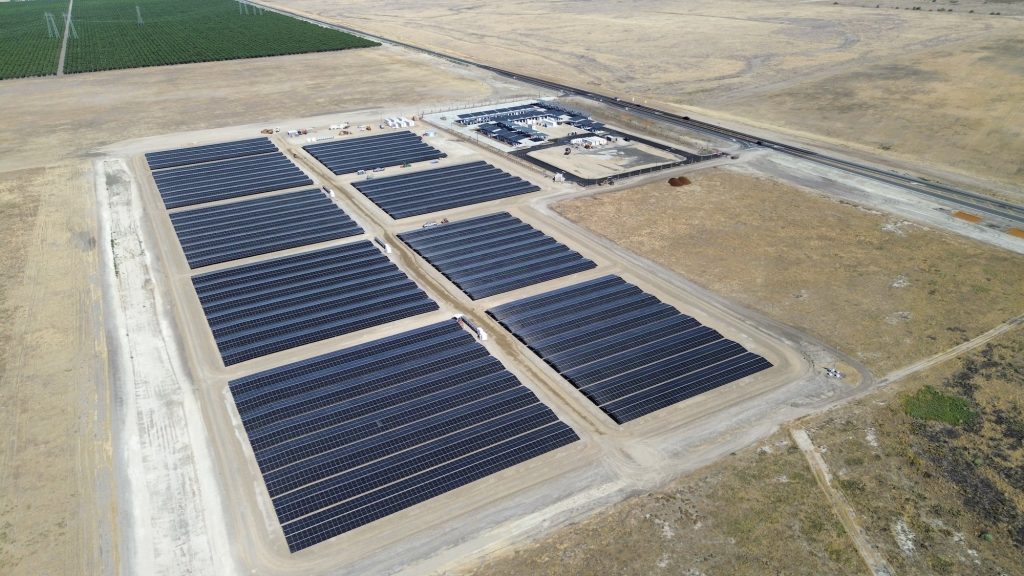
Credit: Tesla Charging | X
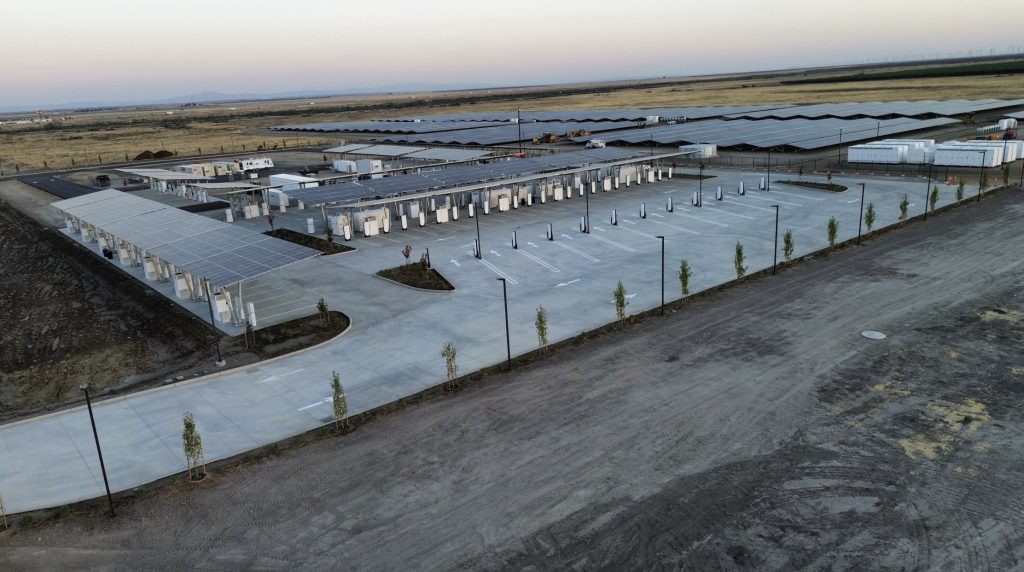
Credit: Tesla Charging | X
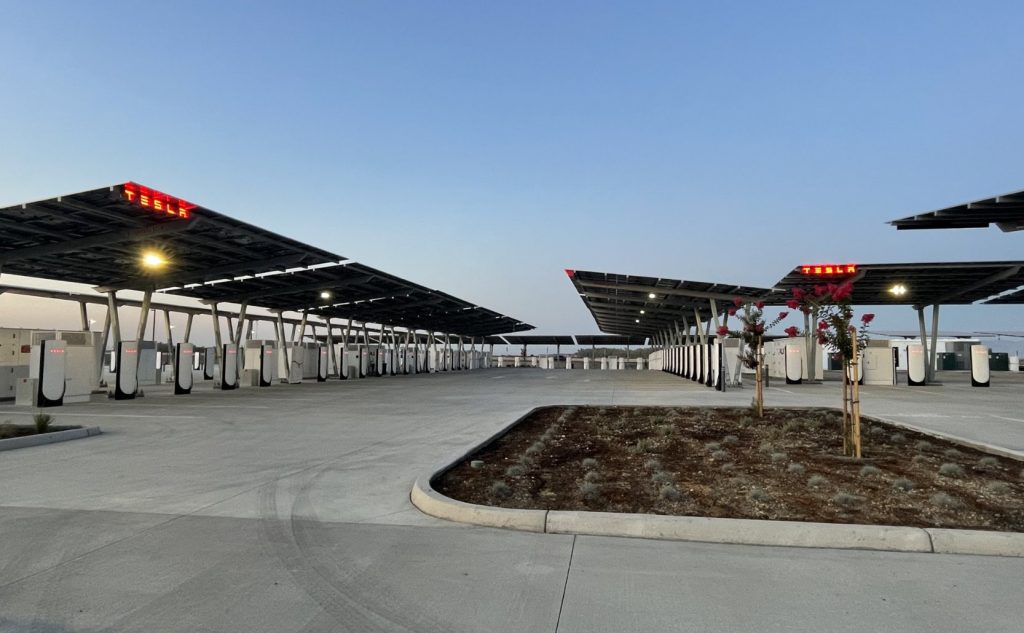
Credit: Tesla Charging | X
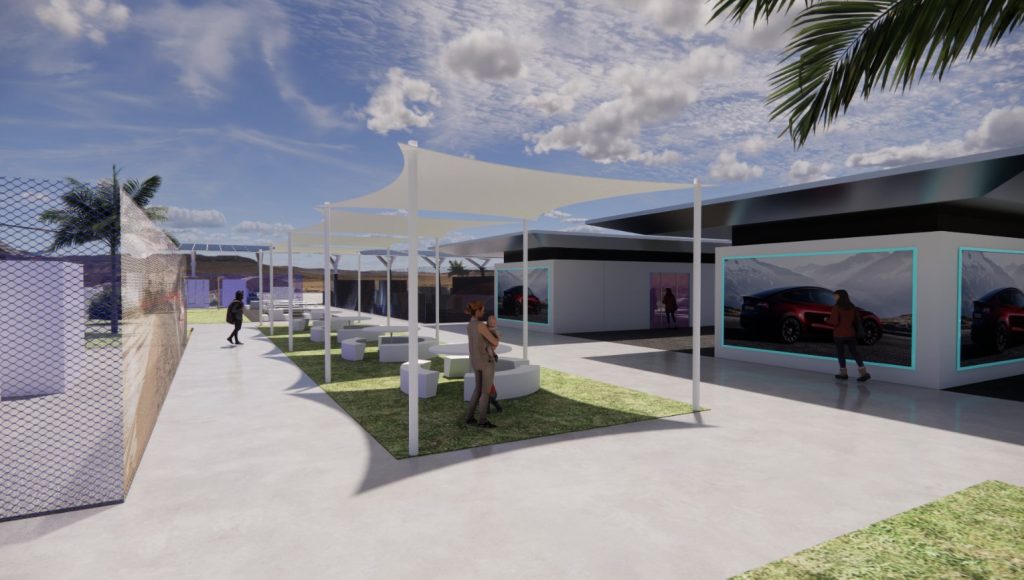
Credit: Tesla Charging | X
Tesla Supercharger Maps for North America, Europe, and Asia pic.twitter.com/0U5r0XRPyo
— TESLARATI (@Teslarati) July 2, 2025
READ MORE ON TESLA SUPERCHARGERS: Tesla launches ultra-fast V4 Superchargers in China for the first time
Testing at the LA Diner, plus Musk update on potential Tesla solar Gigafactory
The huge Tesla Supercharger station completed phase one of construction fairly quickly, especially given how long Tesla has been working on its unique Los Angeles diner, drive-in, and Supercharger location. Still, the company was seen performing some testing at the nearly-completed charging station earlier this month, and will reportedly be holding a job fair.
Elon Musk also responded on Monday morning to a post on X, suggesting that Tesla is “thinking about” building a U.S.-based solar Gigafactory in order to help support increased power needs with AI growth, and to bolster domestic solar production.
Tesla is building a new UFO-inspired Supercharger in the heart of Alien country
News
Tesla driver walks away from major accident with minor injuries
The driver sustained only minor injuries, and the exact cause of the crash remains under investigation.
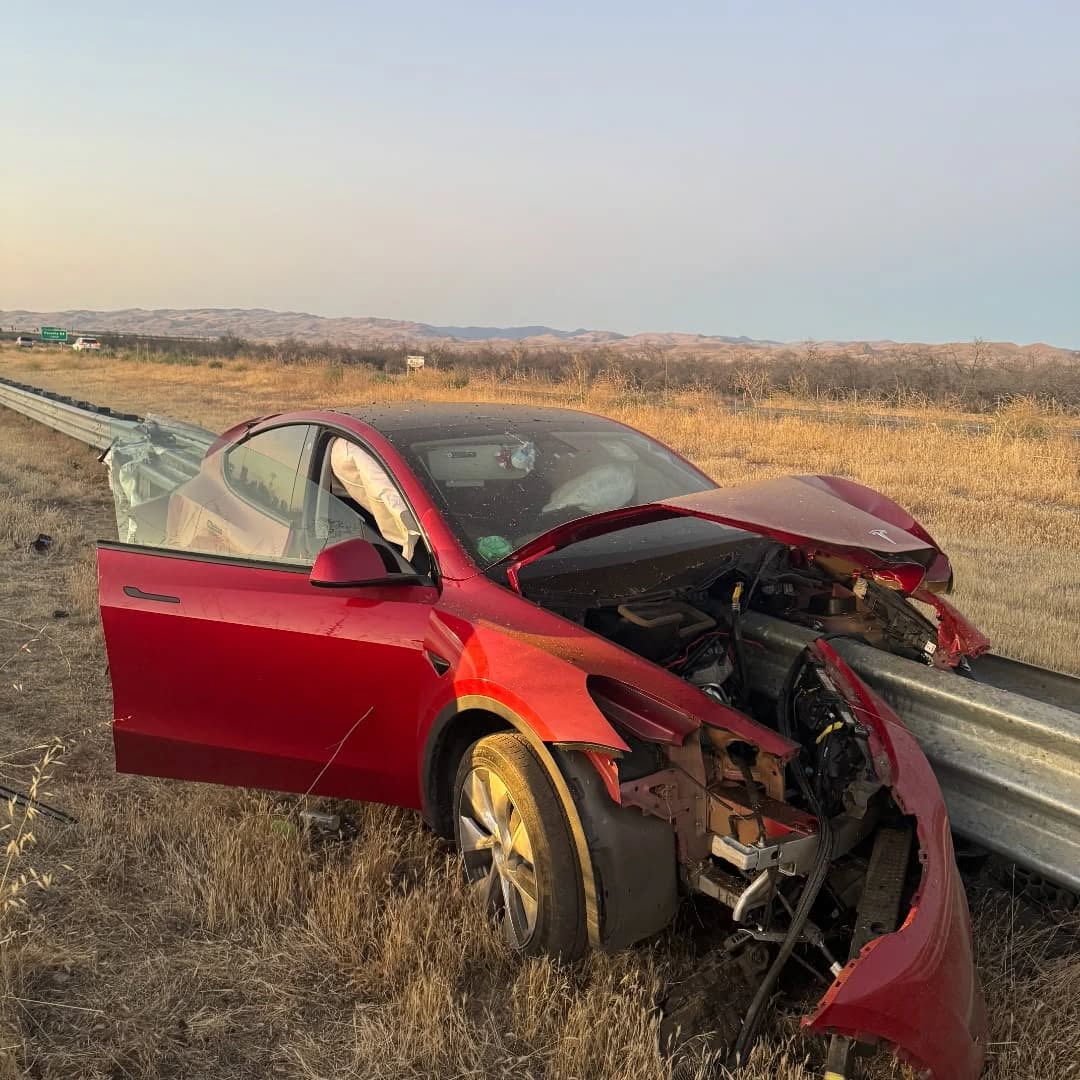
The driver of a Tesla Model Y survived and walked away from a harrowing accident on Monday in California, only sustaining minor injuries despite the vehicle being impaled by a guardrail.
On Monday morning around 4:34 a.m., the Los Banos division of the California Highway Patrol (CHP) responded to the accident on I-5 near Panoche Road, involving a 23-year-old in a Tesla Model Y. According to a post on social media, the driver veered off the road for unknown reasons in the northbound lane, before crashing directly into the guardrail and impaling the vehicle.
You can read the full message and photos from Los Banos CHP below, as were shared in a Facebook post on Monday afternoon.
This morning a Tesla model y was traveling in the #1 northbound lane of I-5 north of Panoche Rd. For unknown reasons driver allowed V-1 to veer off the roadway, travel through a dirt center divide, and crashed into the fixed metal guardrail. Lucky for the driver he only sustained minor injuries and was able to walk away. Driving a vehicle requires 100% attention to the road. Avoid distractions and focus on driving.
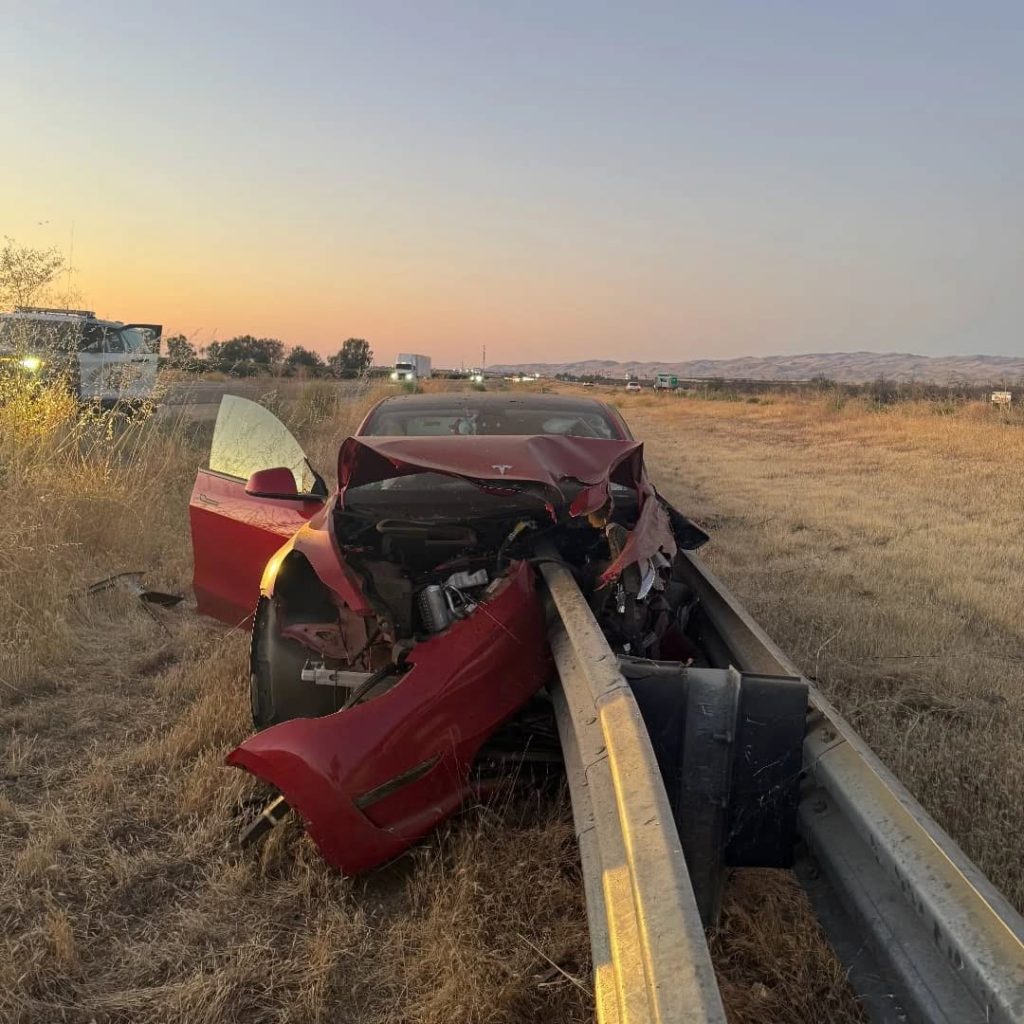
Credit: CHP Los Banos (via Facebook)
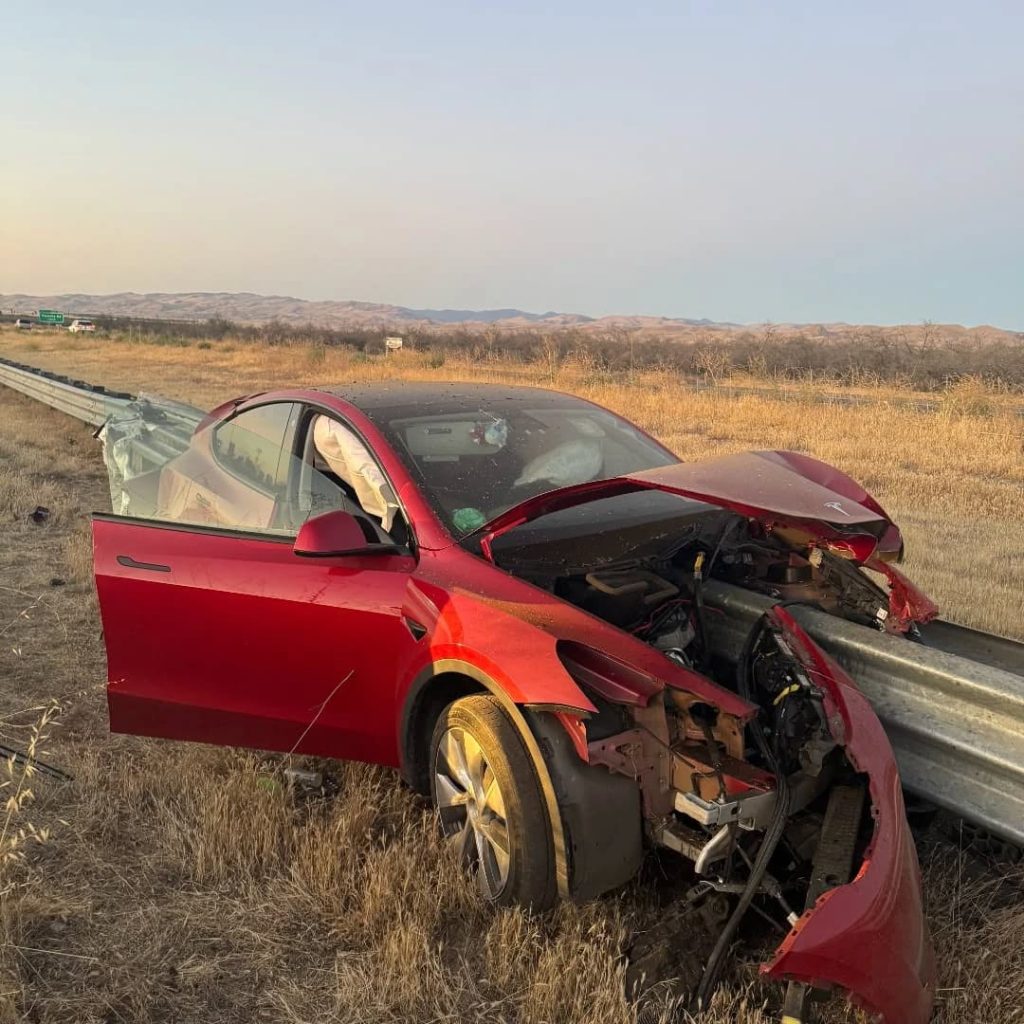
Credit: CHP Los Banos (via Facebook)
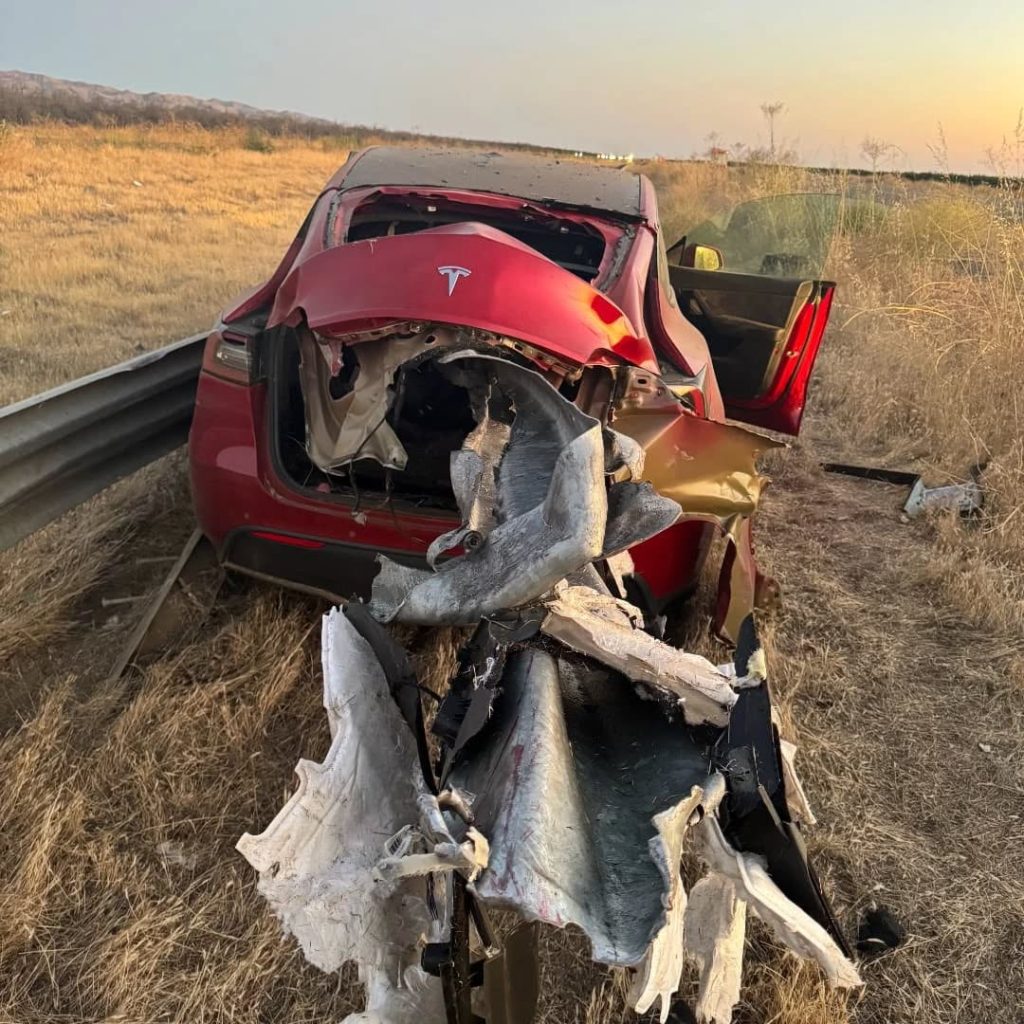
Credit: CHP Los Banos (via Facebook)
In a statement to SFGate, CHP officer Myles Anderson said that the driver only sustained minor injuries, while no arrests are made and drugs and alcohol are not suspected to have been involved. The report also notes that Tesla’s “cruise control and lane assistance features” were activated, according to Anderson. However, it’s not entirely clear if this is referring to Supervised Full Self-Driving (FSD), or to the cruise control and lane assist features baked into Autopilot.
At the time of writing, CHP has not yet responded to Teslarati’s request for clarification and additional details on the matter.
Tesla Crash Safety Ratings across its lineup: pic.twitter.com/ny30R7ceji
— TESLARATI (@Teslarati) July 1, 2025
READ MORE ON TESLA SAFETY: Tesla rolls out crucial new safety feature aimed at saving children
The news comes after Tesla has touted its vehicles as incredibly safe for many years. In December, for example, the company highlighted receiving top safety scores from regulators on four different continents throughout the world, including from the National Highway Traffic Safety Administration (NHTSA) and the Insurance Institute of Highway Safety (IIHS) in the U.S.
Tesla has also listed the goal of making its vehicles the safest on the road throughout the years, both in the overall design of its vehicles and in its Autopilot and Full Self-Driving (FSD) programs.
Tesla Model 3 ranks as the safest new car in Europe for 2025, per Euro NCAP tests
-

 Elon Musk1 week ago
Elon Musk1 week agoTesla investors will be shocked by Jim Cramer’s latest assessment
-

 News2 weeks ago
News2 weeks agoTesla Robotaxi’s biggest challenge seems to be this one thing
-

 News2 weeks ago
News2 weeks agoWatch the first true Tesla Robotaxi intervention by safety monitor
-

 Elon Musk2 weeks ago
Elon Musk2 weeks agoA Tesla just delivered itself to a customer autonomously, Elon Musk confirms
-

 News2 weeks ago
News2 weeks agoTesla Robotaxi rollout proves that Elon Musk still delivers, even if it’s late
-

 Elon Musk2 weeks ago
Elon Musk2 weeks agoxAI welcomes Memphis pollution results, environmental groups push back
-

 Elon Musk2 weeks ago
Elon Musk2 weeks agoElon Musk commends Tesla team on successful Robotaxi launch
-

 Elon Musk2 weeks ago
Elon Musk2 weeks agoElon Musk confirms Tesla Optimus V3 already uses Grok voice AI

